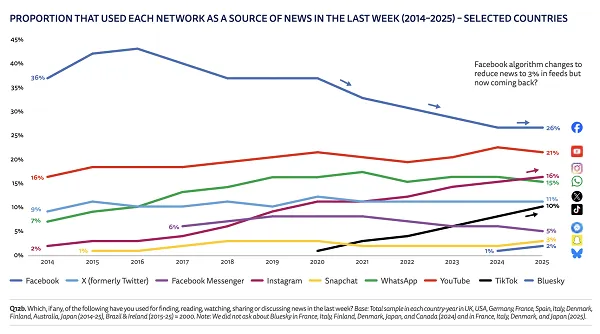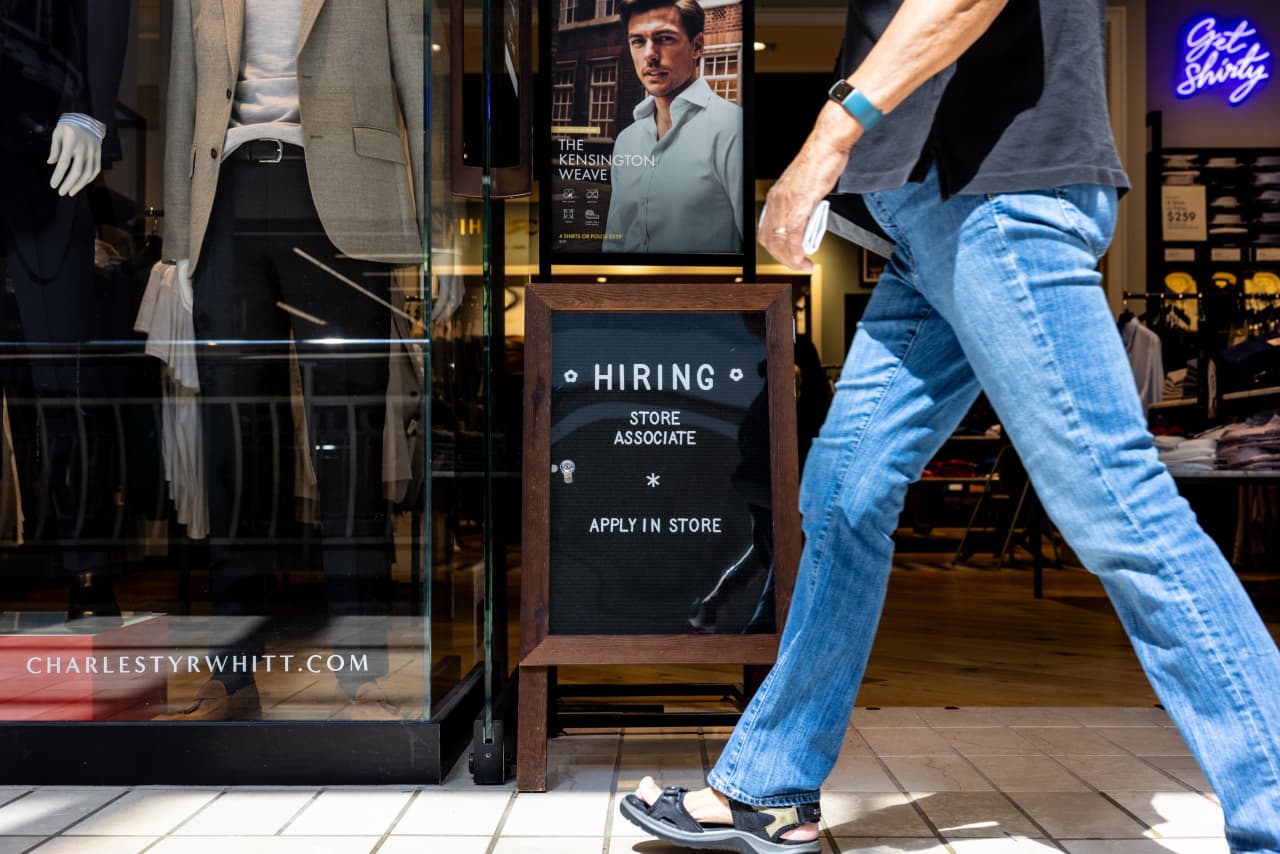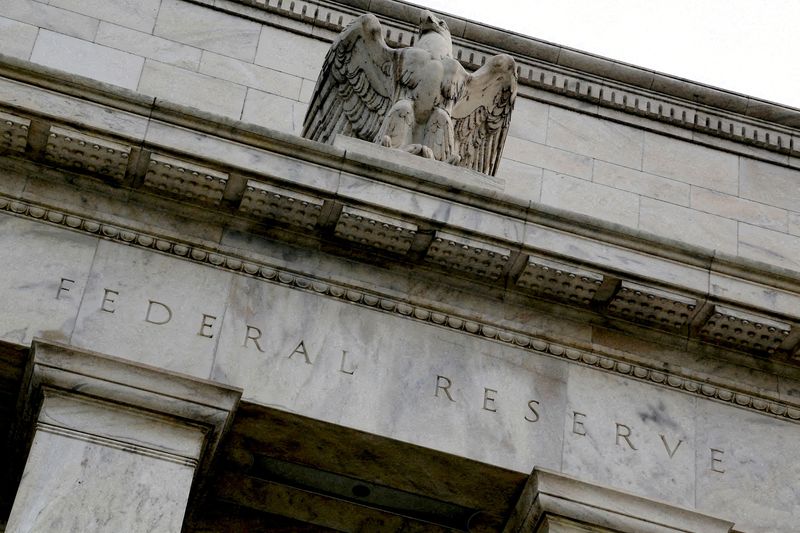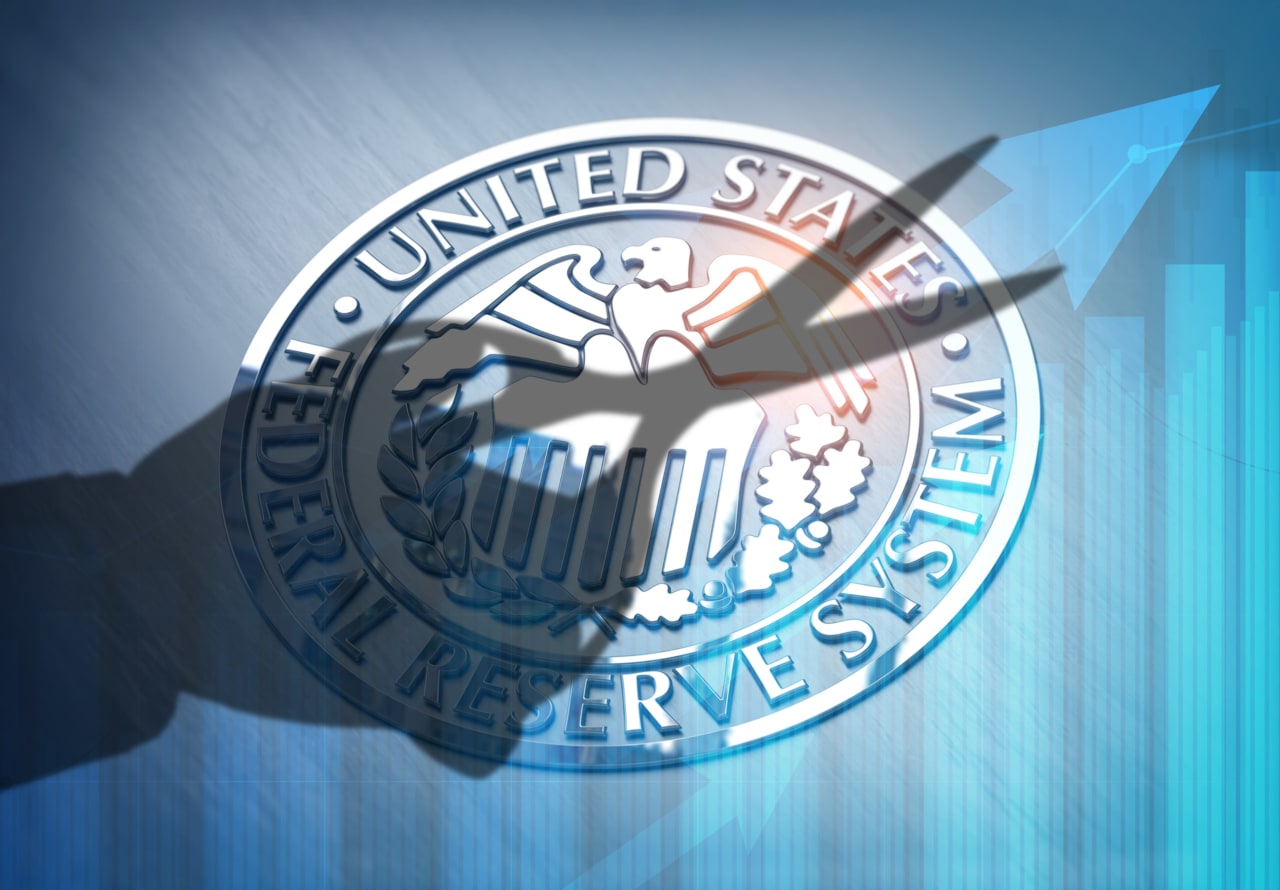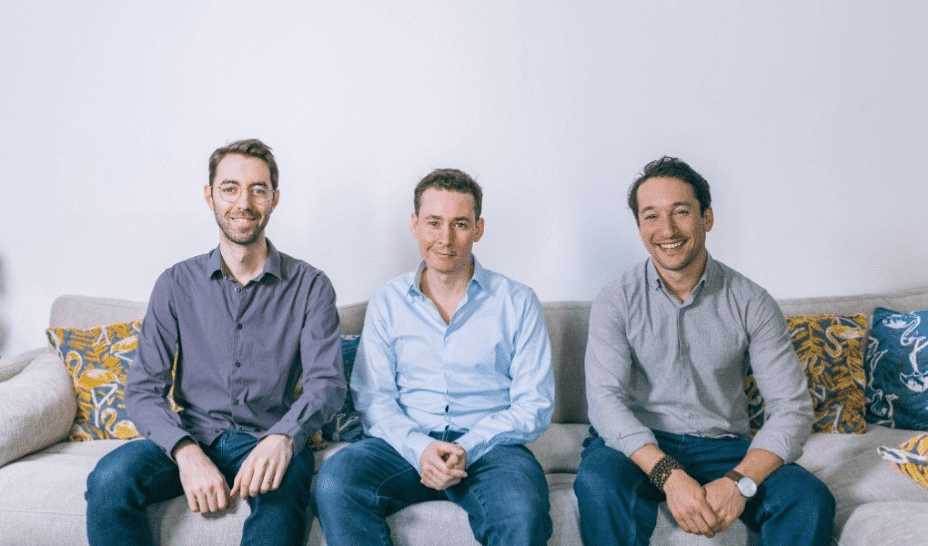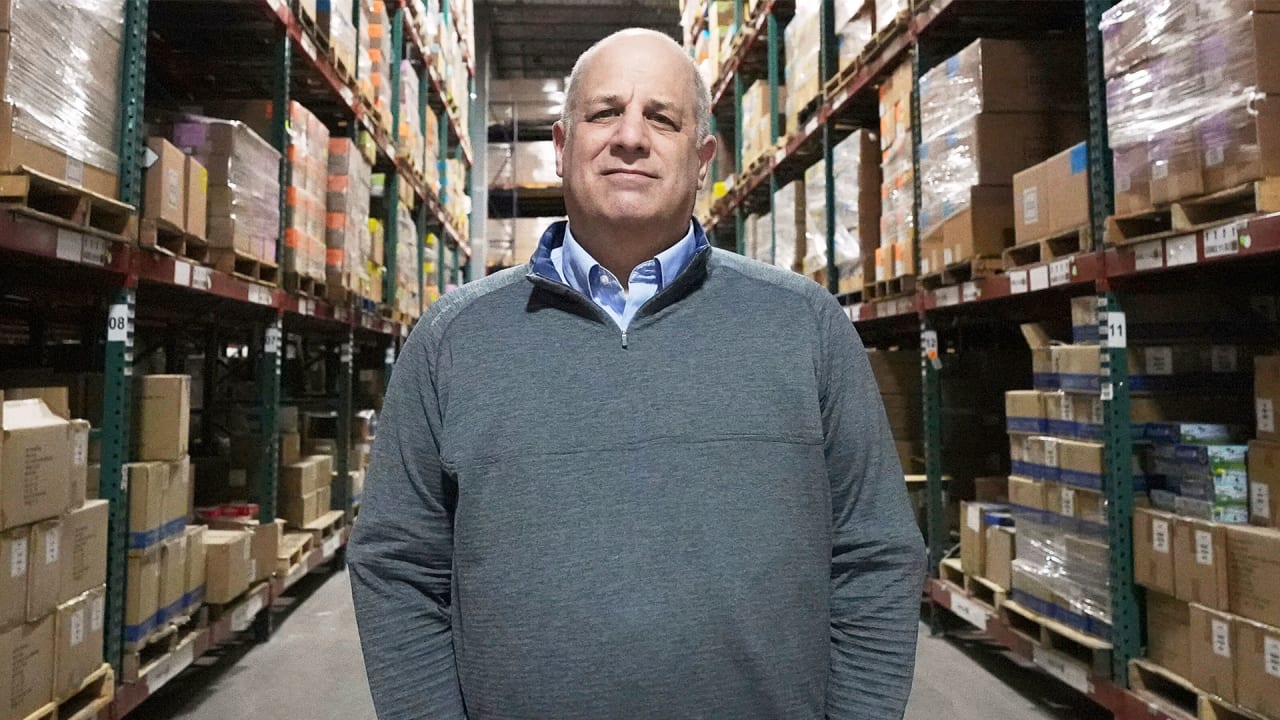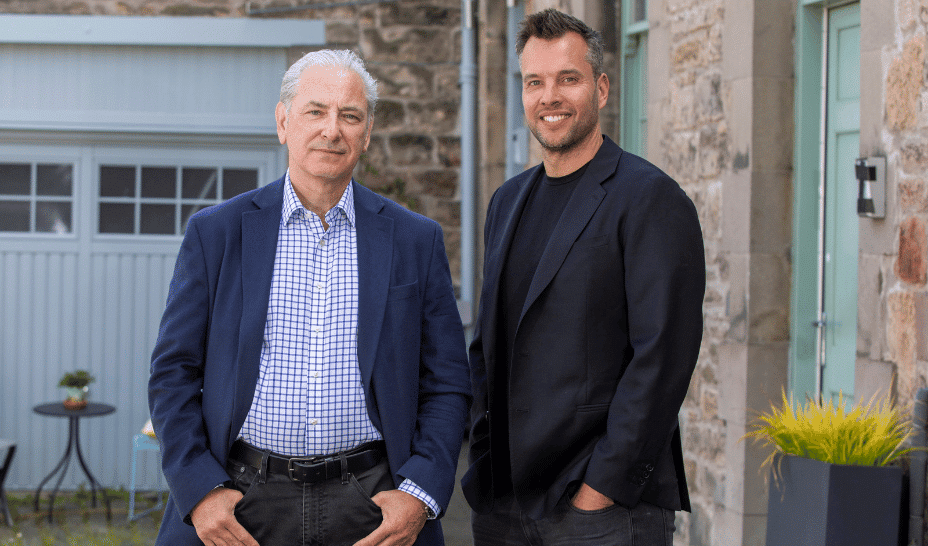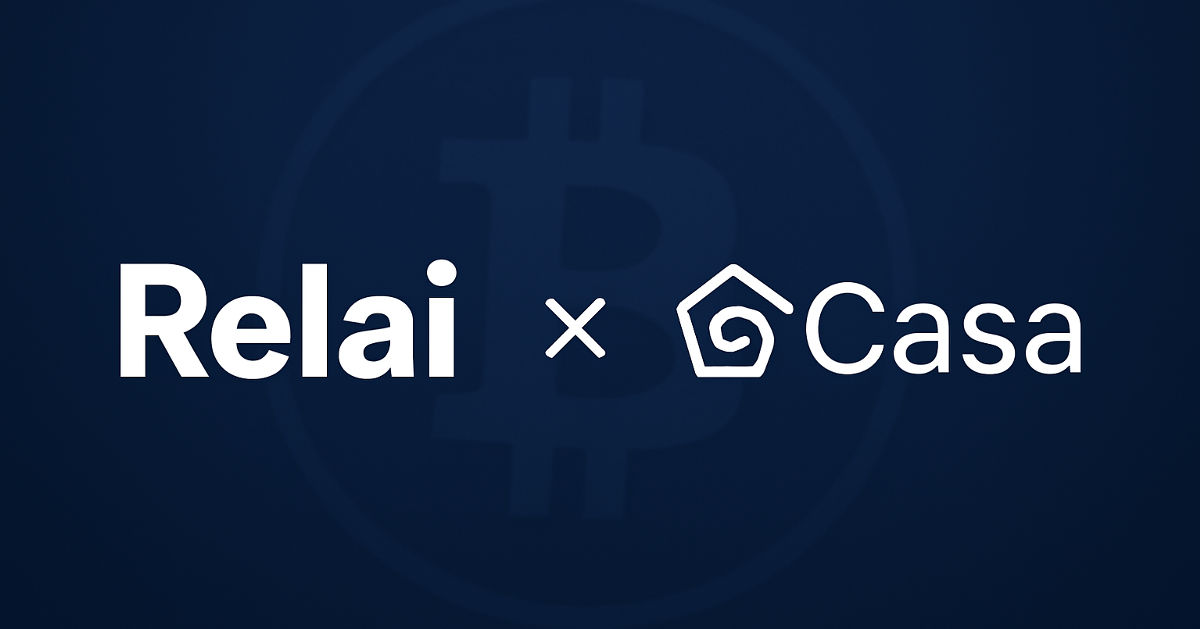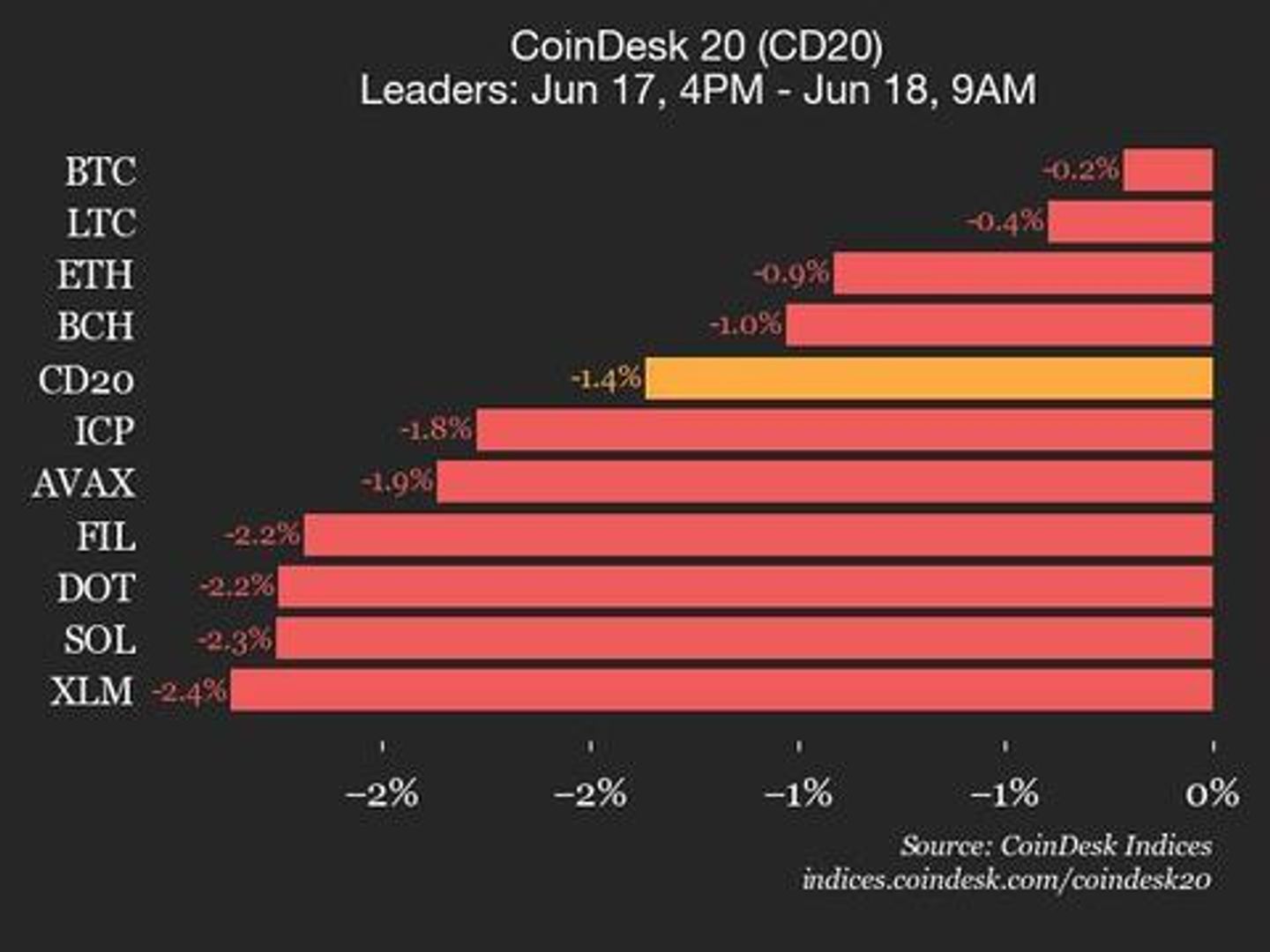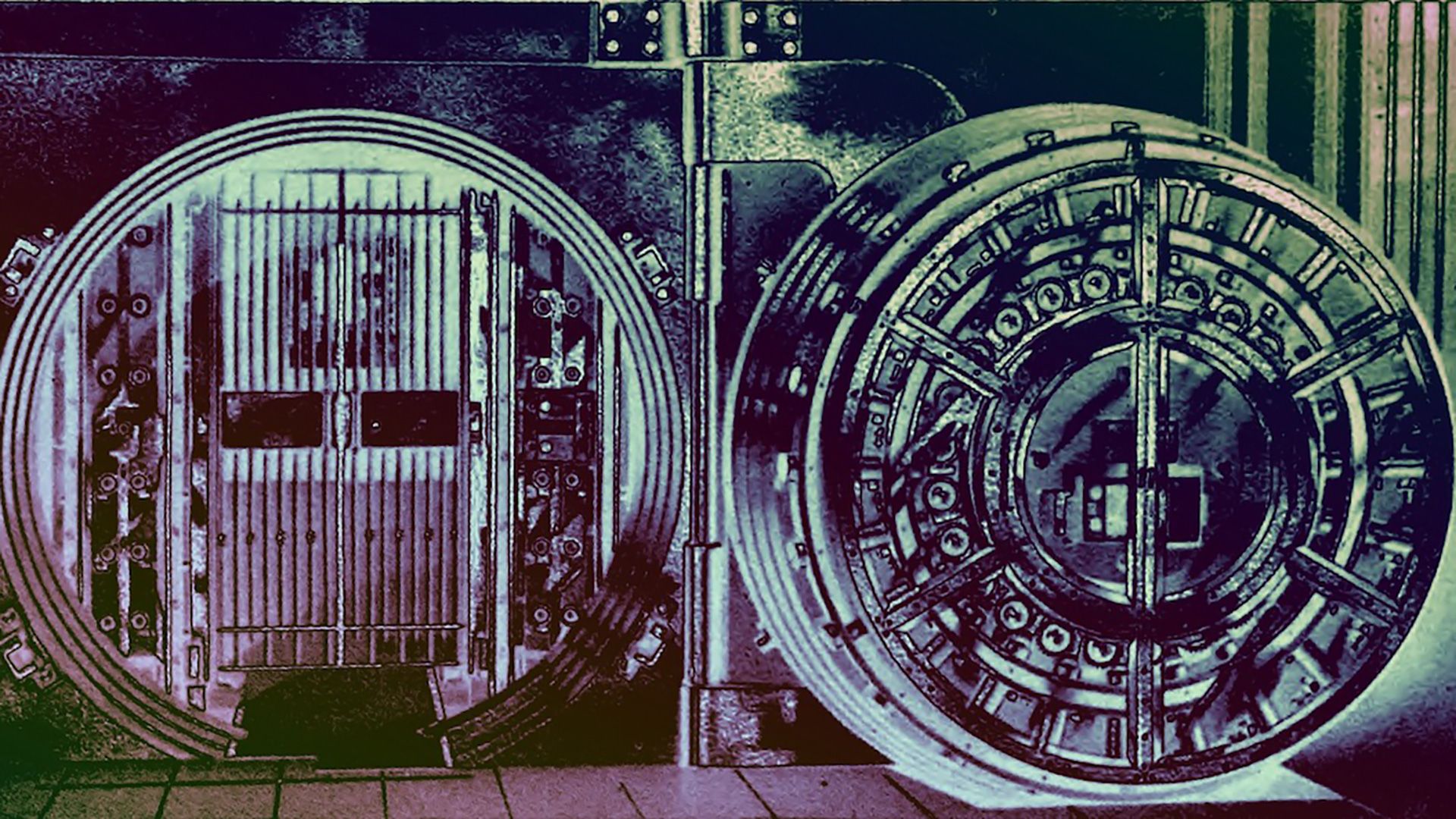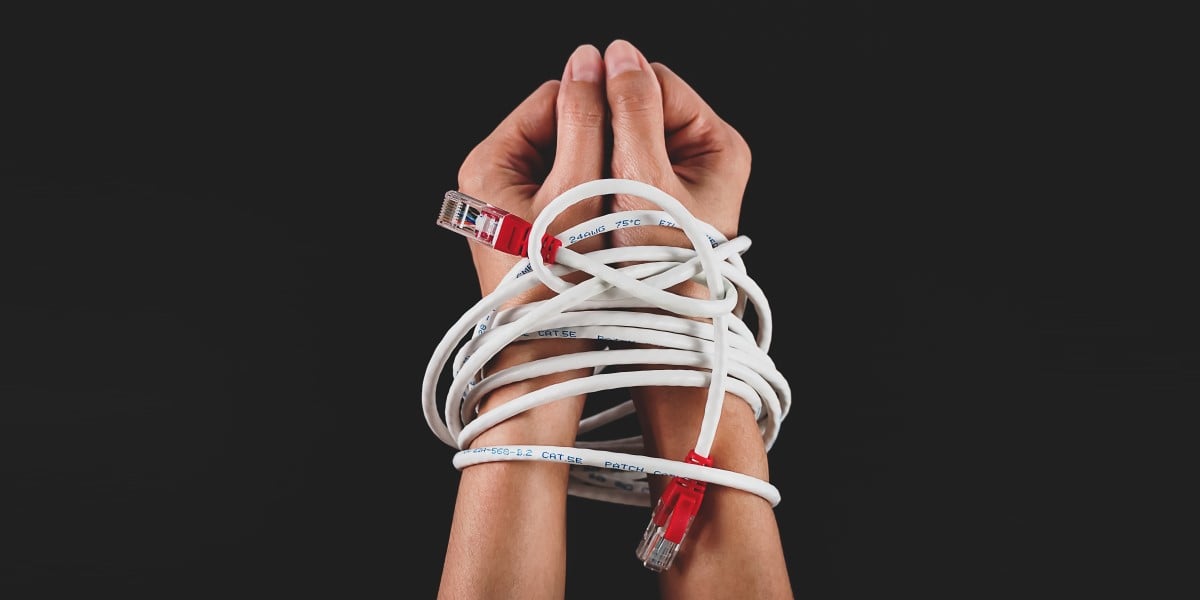7 powerful lessons from 'Feel the Fear and Do It Anyway'
Discover 7 powerful life lessons from Feel the Fear and Do It Anyway that will help you face fear, build confidence, and take bold steps forward.


We all feel fear. Fear of failure. Fear of rejection. Fear of change. Sometimes, even fear of success. But what if fear wasn’t something to avoid… but something to move through?
This is the bold message of Feel the Fear and Do It Anyway, the best-selling self-help classic by psychologist Susan Jeffers. First published in 1987, this book has helped millions reframe how they look at fear — not as a sign of weakness, but as a normal part of growth.
Jeffers doesn’t promise to eliminate fear. Instead, she teaches us how to act despite it — how to take our power back, even when our knees are shaking.
Whether you’re stuck in a career you don’t love, scared to speak your truth, or waiting for “the right time” to make a move — this book will push you forward with practical tools, tough love, and timeless wisdom.
7 life-changing lessons from Feel the Fear and Do It Anyway
1. Fear will never go away completely
Key insight: If you wait until you're not afraid, you’ll never do it.
Susan Jeffers makes it clear: fear doesn’t magically disappear with success. Whether you're making your first career move or launching your third business, fear is always part of the equation. The goal isn’t to eliminate fear but to change your relationship with it.
Takeaway: Don’t wait to feel fearless — take action while fear rides in the passenger seat.
2. The only way out is through
Key insight: The only way to get rid of the fear of doing something is to go out and do it.
Avoiding fear doesn’t make it go away. It amplifies it. Jeffers argues that action is the antidote to fear. The more you face your fears, the more they shrink. The more you avoid them, the more they grow in your mind.
Takeaway: Fear loses power when you confront it. Courage comes from repeated exposure.
3. You’re stronger than you think
Key insight: “Whatever happens to me, given any situation, I can handle it!”
Jeffers encourages readers to adopt this affirmation and repeat it until it becomes second nature. It's not arrogance — it's self-trust. When you believe you can handle anything, fear loses its grip. You don’t need to control everything — just trust that you’ll cope, adapt, and survive.
Takeaway: Shift from “What if I fail?” to “Whatever happens, I’ll handle it.”
4. Say yes to life
Key insight: “Every time you encounter something that forces you to 'handle it,' your self-esteem is raised considerably.”
Fear often tempts us to shrink our lives — to say no to invitations, opportunities, and dreams. But Jeffers invites us to say yes more often. Each “yes” expands your comfort zone and builds inner confidence. The more you say yes to life, the more it says yes back.
Takeaway: Stop sitting on the sidelines. Step into the game — even if you're scared.
5. Don’t play the victim
Key insight: “Taking responsibility means not blaming yourself — it means taking charge.”
Blame is a trap. Whether you blame your parents, your past, or external circumstances, it keeps you powerless. Jeffers urges us to take responsibility — not for everything that happens, but for how we respond. That’s where your power lives.
Takeaway: Move from victim mode to action mode. You’re not stuck — you’re choosing.
6. Replace negative self-talk with empowering thoughts
Key insight: “You can choose how you want to feel.”
Our thoughts often intensify fear: “What if I mess up?” “I’m not ready.” “People will judge me.” Jeffers recommends replacing these with positive, action-oriented affirmations like “I trust myself” or “I am becoming stronger every day.” This shift rewires your brain and builds emotional resilience.
Takeaway: You are the gatekeeper of your mind. Feed it courage, not panic.
7. Feel the fear… and do it anyway
Key insight: “Pushing through fear is less frightening than living with the underlying fear that comes from a feeling of helplessness.”
This is the heart of the book — and the most powerful truth. Fear will always be present when you're growing, trying, or changing. But the regret of not trying is often heavier than the fear itself. When you take action in spite of fear, you reclaim your freedom.
Takeaway: The fear is real, but so is your power. Choose growth over comfort.
Final words
Susan Jeffers’ Feel the Fear and Do It Anyway isn’t just a self-help book — it’s a battle cry for anyone who has felt paralysed by doubt. Her message is clear: you don’t need to be fearless. You need to be willing — willing to feel afraid and take action anyway.
So, the next time fear whispers “What if…?” — respond with: “What if I fly?” Take the step. Say yes. And trust yourself to handle what comes next.



